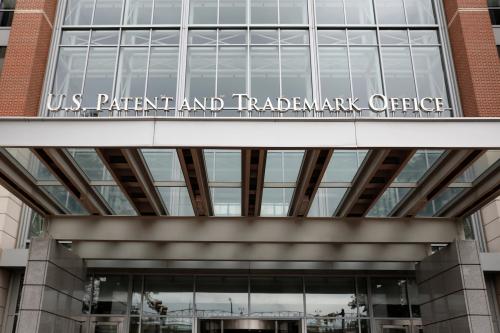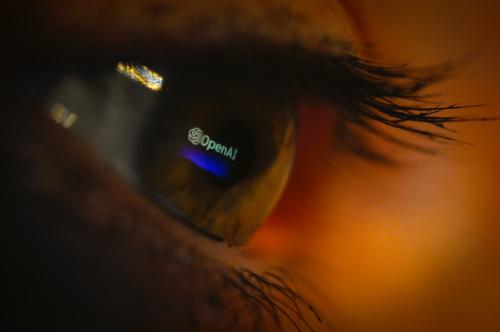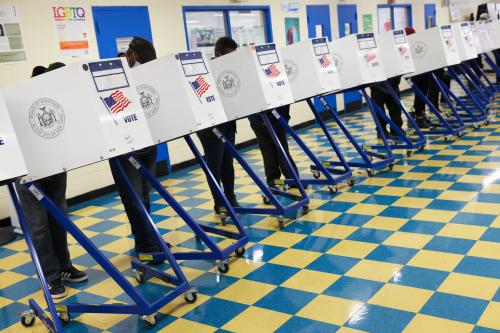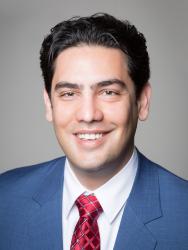Since its debut to the world, ChatGPT has sparked an immense interest within the health care community. It is an example of large language models that use deep learning algorithms to process natural language and generate responses to user inputs in a conversational manner. This technology has the potential to improve the way patients interact with health care providers and enhance the overall quality of health care services.
I believe that while on the surface, such capabilities may seem promising for the future of the health care system, once we consider the economic incentives and the market structure in health care, they present a bleak outlook for interoperability and fairness.
ChatGPT Will Turn Interoperability into A Real Business Threat For Health Care Providers
The US health care market is mostly composed of conventional providers who have divided the market among themselves, with each holding a significant portion without facing significant rivalry from others. Similar to internet providers that do not overlap each other’s territories, there exists no significant competition between them.
As many researchers and industry experts have noted before, a major impediment to interoperability in the US health care system is the lack of business incentives. Despite significant support from the government, health care providers usually have lacked the economic motivation to undertake significant digital transformation projects that were necessary to facilitate interoperability. Health care providers have been operating in a favorable market structure, with limited competition. If there were more competition, they would be even less willing to share their data, as research suggests that when patients have easier access to their medical records, they are more likely to leave their current provider and seek services from others.
However, the health care market has undergone rapid transformation due to technological, economic, and social changes since the pandemic. Telehealth visits have become more accessible due to the availability of broadband, higher insurance reimbursement rates, and widespread acceptance by patients and providers. As a result of these changes, a formidable new competitor is emerging that is not limited by traditional health care market regional boundaries. Amazon’s recent partnership with OneMedical to offer primary care services on a subscription basis is an example of the sort of new model for health care delivery that my colleagues and I had previously predicted. As I elaborate below, new competitors are expected to pose a real threat to the traditional medical providers, incentivizing the traditional providers to actively refrain from sharing their data.
In their endeavor to disrupt the health care market, technology companies such as Amazon’s OneMedical possess the necessary resources, knowledge, interest, and incentive to employ large language models to facilitate the interaction between patients and health care providers. For example, OneMedical, would have a direct incentive to utilize a large language model that is specifically trained on vast amounts of medical data to offer precise medical advice for specific ailments to patients in a manner that is indistinguishable from a human doctor’s; this AI-generated advice could even exceed the quality of recommendations provided by a human medical expert.
I am nearly convinced that this model will succeed in offering low-cost, subscription-based access to medical services for most common medical conditions. Nonetheless, health care providers could substantially delay its onset by reinforcing the protection of their invaluable medical data. Health care providers will soon realize that sharing medical data that could potentially be used by their competitors to train large language models is akin to feeding a beast that will eventually turn against them. These language models would be an actual threat to the business model of health care providers, compelling them to minimize information exchange as much as feasible. Health care providers may strive to hinder interoperability through technological means but primarily through their legal and lobbying strategies. They will likely lobby to establish legal obstacles that hinder the progress of AI-powered medical services.
Simultaneously, health care providers would have a vested interest in utilizing this technology to their advantage, leveraging their own medical data to train their own model and improve operational efficiency within their own organization. This could lead to a fragmented landscape with multiple AI programs, each trained on a proprietary fraction of the overall data available and thus of lesser quality and lesser diagnostic acuity than would have been possible had all the data been available.
ChatGPT May Lead To A Two-Tier Health Care System
The impact of large language models on health care services is complex and cannot be simply generalized. One of the primary concerns is the potential for these systems to exacerbate existing disparities in access to health care. Since provision of medical services through this technology would have a negligible marginal cost for the providers, they may end up creating a two-tier system in which patients with better insurance are prioritized for in person visits, leaving those with lower socioeconomic status with AI-based chatbots.
Similar effects of technology were experienced by students during the pandemic. While public schools switched to online education and remote learning, private schools used their additional resources to maintain in-person education, widening the education gap between the private and public-school pupils even more.
The Way Forward
As a technology optimist, I believe that health care services will be greatly improved through research and innovation in the long term. I also believe that given the way health care services are financed in the US, the government’s role in supporting such efforts cannot be ignored.
As I have discussed before, in the short run, the government should update its perspective on what qualifies as reimbursable medical services, recognizing the emergence of telemedicine and AI-enabled health care delivery methods. Reimbursement for these services should be on par with conventional in-person visits. Nonetheless, reimbursement equality should be conditional on outcome equality. Instead of treating all services equally, the government should identify the specific services for which virtual or AI-mediated provision yields the same outcome across a wide range of medical results. The government should pay for only those services at a single, delivery mechanism-agnostic rate.
Given the reluctance of the many providers to share medical data with technology companies and other medical providers, the government should continue to vigorously enforce rules that are designed to prohibit providers from blocking the free flow of medical data. At the same time, the government should revise older regulations that have eroded financial incentives for sharing medical data.
In the long run, it’s crucial to maintain focus on the value-based payment models. They incentivize providers to actively seek out opportunities to optimize their services using technologies including AI and telehealth. This approach would ensure that the providers are given the freedom to adopt the technologies that best suits their—and more importantly their patients’—needs.
This article was previously published in Health Affairs.
The Brookings Institution is committed to quality, independence, and impact.
We are supported by a diverse array of funders. In line with our values and policies, each Brookings publication represents the sole views of its author(s).








Commentary
ChatGPT and health care: implications for interoperability and fairness
Friday, June 9, 2023